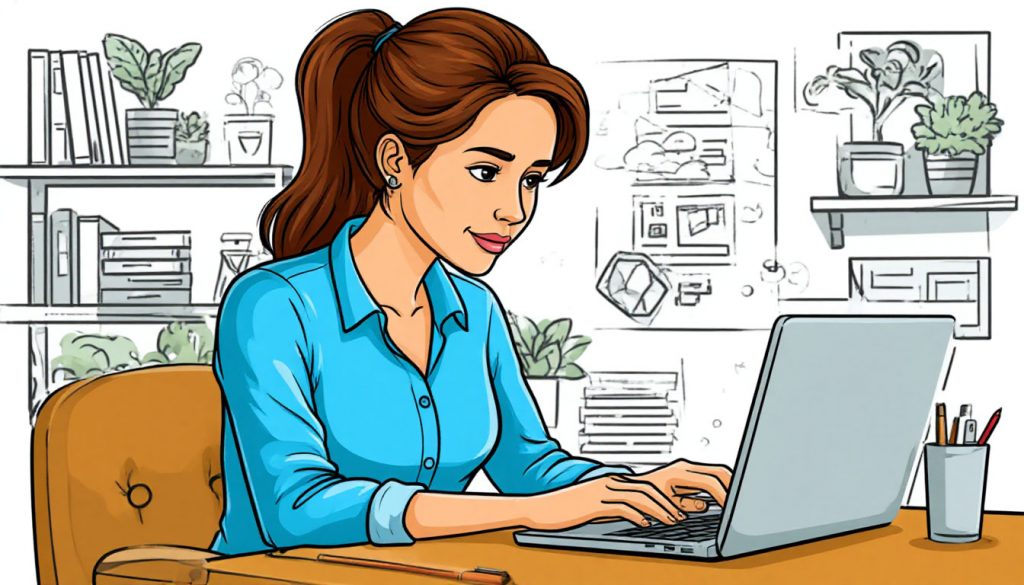From smartphones and tablets to laptops and televisions, gadgets have become a central part of everyday life. While they offer convenience and connectivity, prolonged screen use can have negative effects on our eyes. Understanding these impacts and learning to manage screen time is essential for maintaining long-term eye health.
How Gadgets Affect Vision
Extended use of digital screens can lead to a condition called digital eye strain, also known as computer vision syndrome. This happens when the eyes are forced to focus on a screen for long periods without enough rest. Key problems include:
- Eye fatigue
- Dry eyes
- Blurred vision
- Headaches
- Difficulty focusing at a distance after screen use
- Neck and shoulder pain from poor posture
Children, teens, and office workers are particularly at risk.
Why Do Screens Strain the Eyes?
Several factors contribute to vision problems from gadget use:
- Reduced blinking: People blink less when staring at screens, which dries out the eyes
- Blue light exposure: Screens emit blue light, which can disrupt sleep and irritate the eyes
- Close-up focus: Focusing on nearby screens for hours can tire the eye muscles
- Glare and brightness: Poor lighting or screen glare increases strain
- Improper screen distance or poor ergonomics adds physical stress
The effects are usually temporary but can worsen with time and lead to chronic discomfort.
Signs You Might Have Digital Eye Strain
You should be cautious if you notice:
- Eye redness or itching after screen time
- Trouble keeping your eyes open
- Words appearing blurry or doubled
- Trouble sleeping after evening screen use
- Needing to squint or rub your eyes often
These signs suggest it’s time to adjust your screen habits.
Tips to Protect Your Eyes
Here are proven ways to reduce the negative impact of gadgets on your vision:
- Follow the 20-20-20 rule: Every 20 minutes, look at something 20 feet away for at least 20 seconds
- Keep screens at arm’s length and slightly below eye level
- Use screen filters or adjust brightness and contrast
- Avoid using gadgets in the dark
- Use blue light filters or night mode in the evening
- Blink more often consciously to keep eyes moist
- Take frequent breaks and include eye exercises
For children, limit screen time and encourage more outdoor play.
When to See an Eye Specialist
Consult an eye doctor if you experience:
- Persistent eye discomfort
- Vision that doesn’t return to normal after rest
- Eye pain or pressure
- Difficulty reading or focusing
- Worsening vision over time
Professional advice is key for choosing the right lenses, filters, or exercises if needed.
Glossary
- Digital eye strain – Eye discomfort from prolonged use of digital screens
- Blue light – High-energy light emitted by screens, which may disrupt sleep and irritate eyes
- Blinking – The natural process of moistening and protecting the eyes
- Ergonomics – The science of arranging workspaces for comfort and safety
- Focus fatigue – Tiredness of eye muscles after intense use


